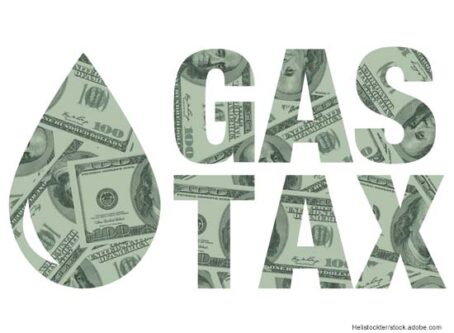July marks another all-time high for miles traveled in the U.S.
It’s a stat that has been growing ever since fuel prices began dropping in 2015 and reaching record lows in 2016: miles traveled in the U.S. According to the Federal Highway Administration’s latest Traffic Volume Trends, miles traveled in July reached a new record high.
American motorists drove nearly 284 billion vehicle miles traveled in July, a 0.8 percent increase (2.2 billion vehicle miles traveled) from last July. Year to date, vehicle miles traveled has gone up 1.5 percent. At this pace, 2017 is poised to set a yearly record for vehicle miles traveled after the record was reset last year.
Increased travel should come as no surprise as fuel prices remain low, unemployment is down and wages are up. Despite some increases, gasoline and diesel are still significantly lower than they were in 2014 when diesel hit national averages well above $4. In August, the unemployment rate was at 4.4 percent, down from 4.9 percent in August 2016. Average hourly earnings increased by 66 cents.
Transportation costs are also down in the long term despite fuel and new car prices rising. According to a recent study from the University of Michigan, total transportation expenditures accounted for 15.8 percent of all household costs in 2016. That’s down from nearly 19 percent in 1989.
Although fuel prices are up more than 50 cents per gallon compared with 1990 (adjusted for inflation) and the cost of a new car is more than $33,000. In 1990, the average car cost about $17,000. Lower transportation costs could possibly be the result of more fuel-efficient vehicles and fewer repairs due to better technology.
Record-breaking travel also comes at a time when infrastructure funding is desperately needed. During his inauguration speech, President Trump vowed to introduce a $1 trillion infrastructure bill within his first 100 days in office. Those plans have since been delayed, with no sense of when such a proposal will be released. The Trump administration released a brief outline for infrastructure earlier this day, suggesting more details to come in early fall. As of publication time, those details have not emerged.
Without enough funding, road projects aimed at easing traffic congestion have been put on hold, further exacerbating the problem.
“The latest figures confirm that we are still in a long-term trend in which traffic demand on the nation’s highway system – and the wear and tear it produces for that infrastructure – just keeps increasing,” said Bud Wright, executive director at the American Association of State Highway and Transportation Officials. “Meanwhile, funding constraints often prevent the kind of robust investments that are needed to keep up with demand and significantly improve mobility.”









